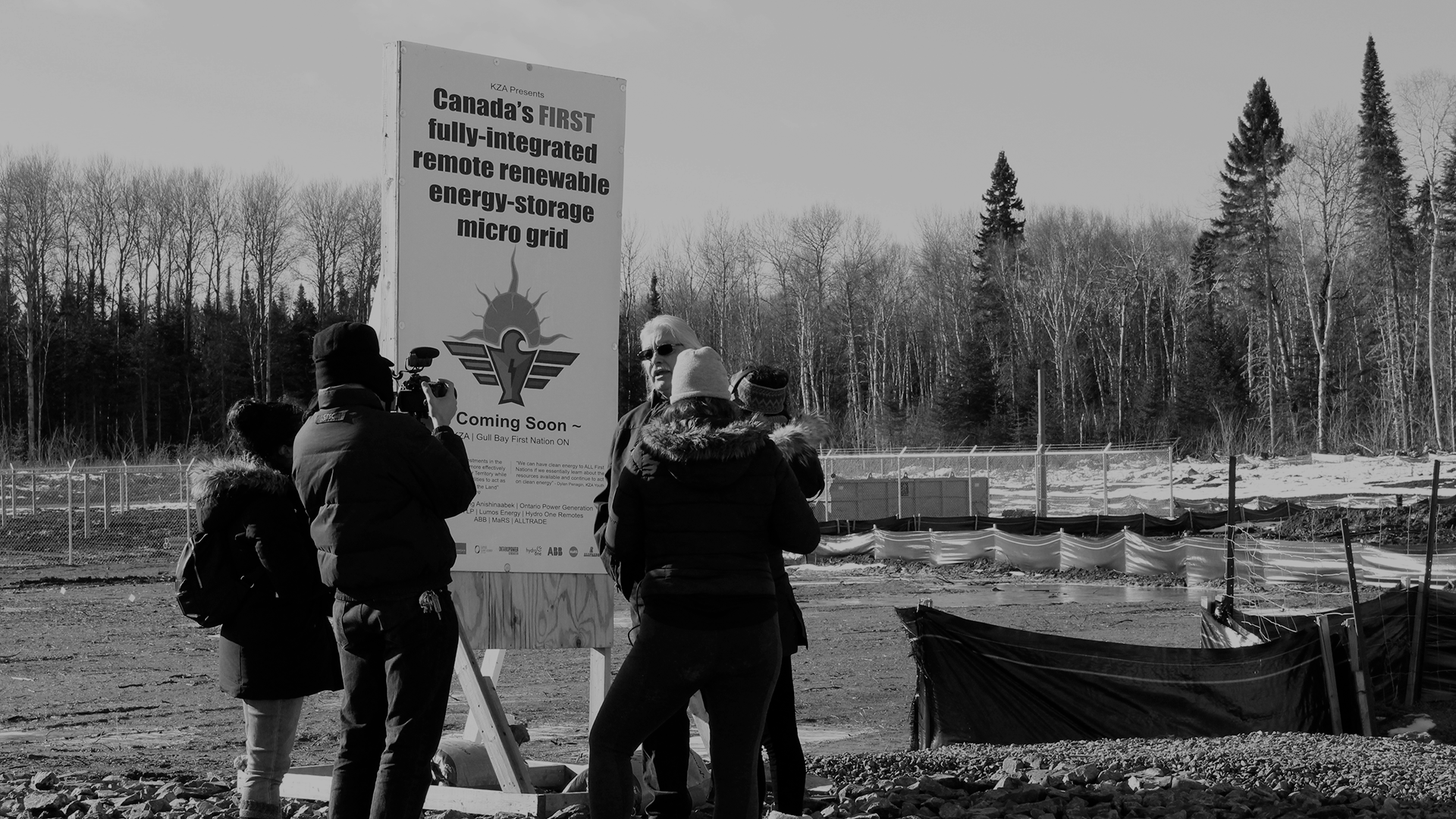Alternative models of journalism like conciliatory, autonomous, and reconciliation journalism act to move the profession away from the traditional conflict models of storytelling. This is an important move concerning the coverage of Indigenous peoples and issues, which under the conflict model are typically depicted negatively and stereotypically. Given the Truth and Reconciliation Commission’s Call to Action 86, which calls on journalists and journalism schools to better educate themselves on Indigenous peoples and issues, these alternative models present an opportunity to meet Call to Action 86. In this research note, Aphrodite Salas and Samantha Stevens explore the implementation of these models by journalism schools focusing on a particular initiative by Concordia University’s journalism department in partnership with Indigenous Clean Energy Social Enterprise and several Indigenous communities that uses alternative models of journalism to report on clean energy initiatives by those same communities. It is hoped that this work will foster long-term, reciprocal relationships built on trust between Indigenous communities and journalists.
Read the full research note here.
Facts and Frictions is published by J-Schools Canada, Canada’s national association for post-secondary journalism research and education. All content is open access and available via J-Source.

